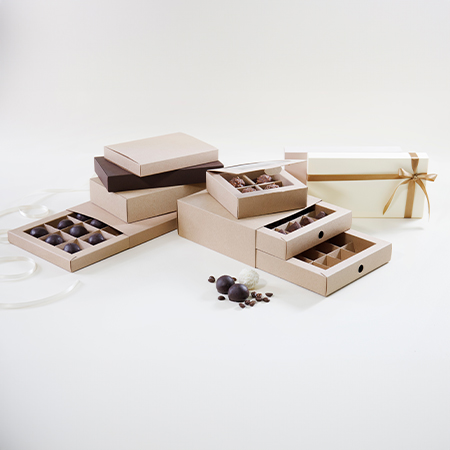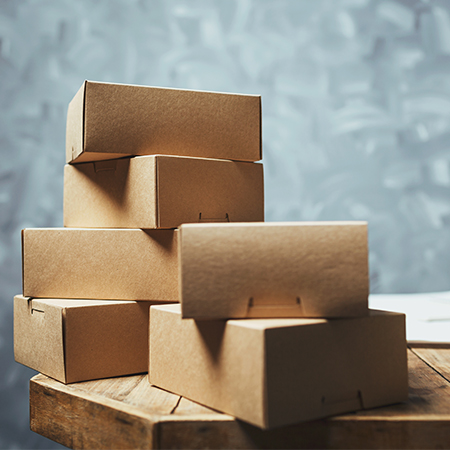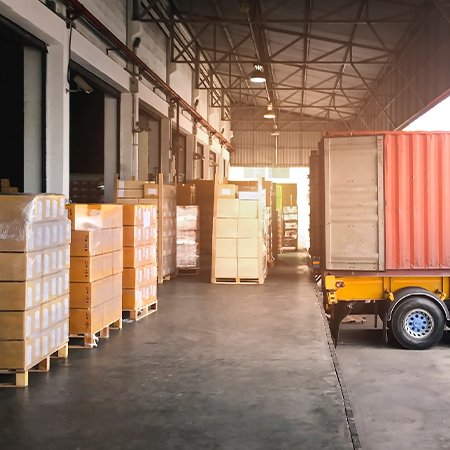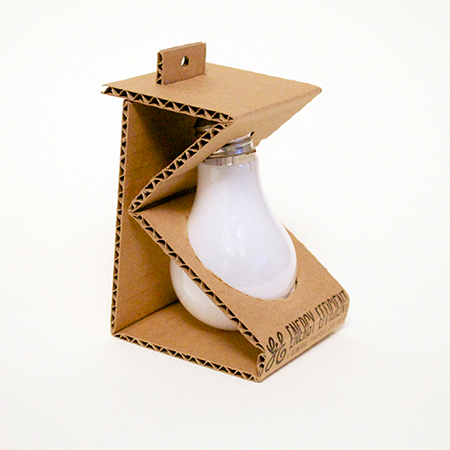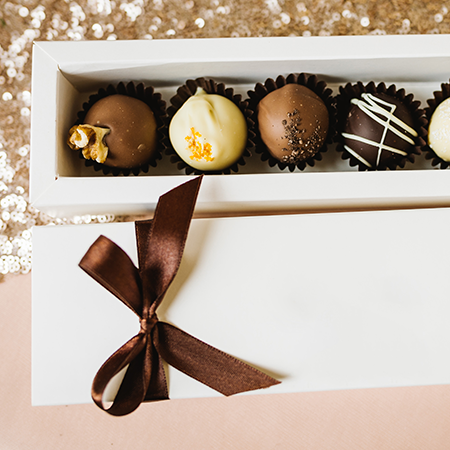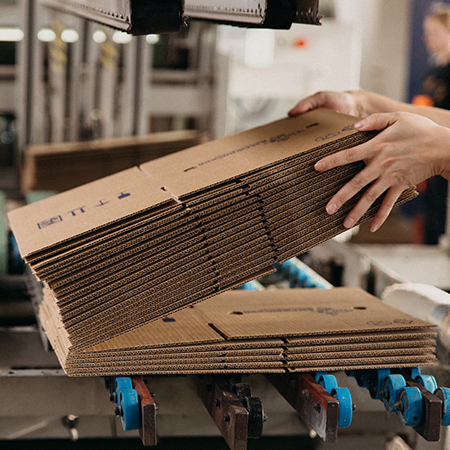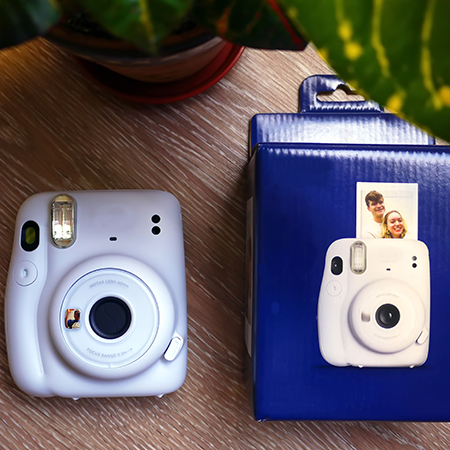It's not surprising that you don't know packaging levels because you either don't need it or don't work in the packaging industry. What are these packaging levels called and what does the packaging and transportation process entail before reaching us? In this blog post, we'll examine how the products arrived.
Primary Packaging
The packaging that has the closest contact with a product is known as "retail packaging". This primary packaging also depends on the product. The primary goal of this packaging is to protect the product and inform or attract the customer, given its close contact.
For example, a can of Coke is primary packaging (because it is the primary way to carry it around), In addition, corrugated box containing a digital product and its accessories is also primary packaging (because it is the primary way to buy it).
Secondary Packing
It's the packaging used for shipping the products in the primary packaging. The aim is to preserve the products and uphold branding while in transit. Just like in many markets, it is employed for retail display packaging as well. Based on our first example, a 12-pack of Coke cans is an example of secondary packaging.
Tertiary Packaging
Warehouses commonly use this type of packaging for shipping secondary packaging. Its aim is to provide adequate protection for shipments during transportation. Additionally, consumers often cannot see tertiary packaging. Examples include corrugated boxes for layer separation and stretch packaging for carton stacks.
You observe that there are many ways a product can potentially be harmed at every level. For this reason, packaging is a strategy and each of the 3 levels is significant. Your packaging is what makes your products unique. Discover content with LuxBoxPack that allows you to highlight your uniqueness.
